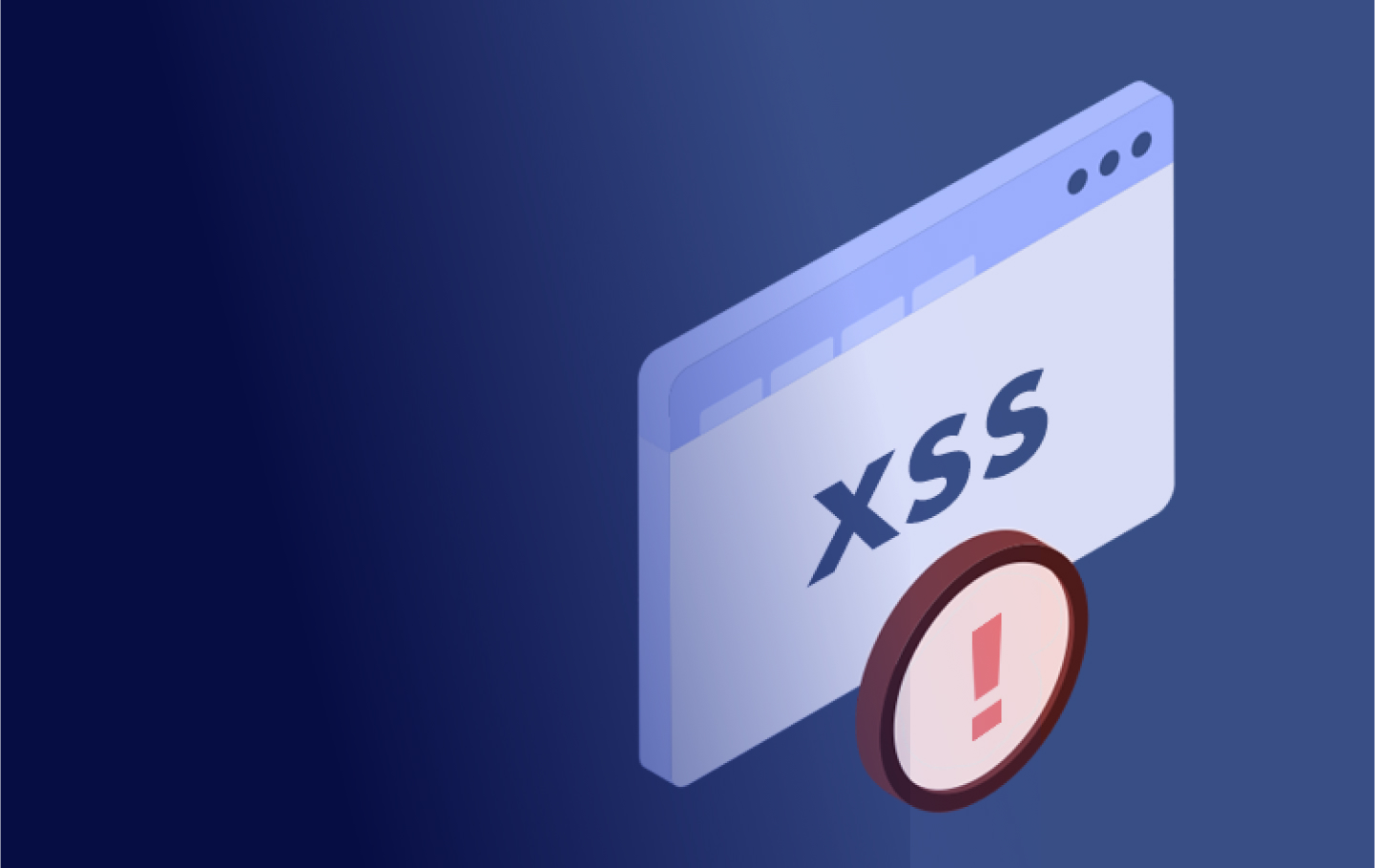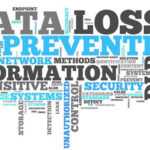
Cross-Site Scripting (XSS) attacks have become a prevalent and dangerous threat to the security of web applications. These attacks exploit vulnerabilities in websites or web applications, allowing attackers to inject malicious code into trusted websites and compromise user data. In this article, we delve into the dangers posed by XSS attacks, shedding light on their impact on applications and emphasizing the importance of implementing robust security measures to protect against them.
- Unauthorized Data Access: One of the primary dangers of XSS attacks is the potential for unauthorized access to sensitive user data. By injecting malicious code into a vulnerable web application, attackers can gain access to user cookies, session tokens, and other sensitive information stored in the user’s browser. This can lead to identity theft, unauthorized account access, and exposure of confidential data.
- Data Manipulation and Defacement: XSS attacks enable attackers to manipulate the content of a web page or application, altering its appearance or functionality. This can range from defacing the website with inappropriate content to modifying form fields or changing the behavior of interactive elements. Such manipulation can mislead users, compromise data integrity, and undermine the credibility of the affected application.
- Phishing and Social Engineering: XSS attacks can be used to execute phishing and social engineering campaigns. Attackers can inject deceptive content or pop-up windows into legitimate websites, tricking users into revealing their login credentials, personal information, or financial details. By exploiting the trust associated with reputable websites, XSS attacks become a powerful tool for launching phishing attacks with higher success rates.
- Session Hijacking and Account Takeover: XSS attacks can facilitate session hijacking, allowing attackers to take control of a user’s session and impersonate them on the targeted application. By stealing session cookies or tokens, attackers can gain unauthorized access to user accounts, perform actions on their behalf, and potentially escalate the attack to compromise other users or the application itself.
- Malware Distribution: XSS attacks can serve as a gateway for distributing malware to unsuspecting users. Attackers can inject malicious code that redirects users to external websites hosting malware or initiates automatic downloads of malicious files. This puts users’ devices at risk of infection, leading to further compromise of personal data and potential damage to their systems.
- Reputation Damage and Legal Consequences: An XSS attack on an application can have severe consequences for an organization’s reputation. If users’ data is compromised or manipulated, it erodes trust and credibility, leading to a loss of customer confidence and potential legal repercussions. Organizations may face legal liabilities and financial penalties for failing to protect user data adequately.
Mitigating XSS Attacks: To protect against the dangers of XSS attacks, consider implementing the following security measures:
- Input Validation and Sanitization: Validate and sanitize user input on the server-side to prevent the execution of malicious scripts. Use secure coding practices and frameworks that automatically sanitize user-supplied data.
- Output Encoding: Encode dynamic content properly before rendering it in web pages to prevent script execution. Utilize encoding functions provided by programming languages and frameworks to neutralize the impact of potential XSS vulnerabilities.
- Content Security Policy (CSP): Implement a robust CSP that specifies the trusted sources of content and restricts the execution of external scripts. This helps mitigate the risk of XSS attacks by limiting the sources from which code can be executed on a website.
- Regular Security Audits and Patch Management: Conduct regular security audits to identify and address vulnerabilities in web applications. Stay updated with security patches released by software vendors and promptly apply them to mitigate known vulnerabilities.
- User Education and Awareness: Educate users about the risks of XSS attacks and promote safe browsing practices. Encourage them to be cautious of suspicious links, avoid clicking on unknown sources, and report any suspicious activity.
XSS attacks pose significant dangers to web applications, users, and organizations. By understanding the risks associated with these attacks and implementing robust security measures, such as input validation, output encoding, content security policies, and regular security audits, developers and organizations can mitigate the risks and protect user data and application integrity. Promoting user education and awareness is equally important in fostering a secure online environment. By collectively addressing the dangers of XSS attacks, we can enhance the security of web applications and safeguard the privacy and trust of users.




Leave a Reply